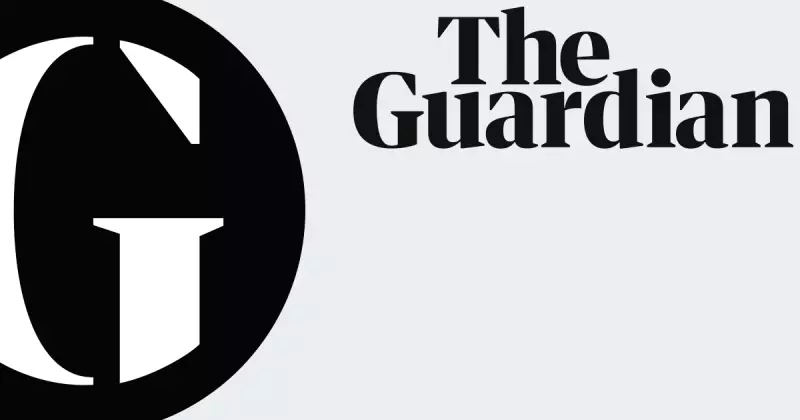
In a surprising move, The Guardian has taken down an article published on 2nd August 2025. While the exact reasons remain undisclosed, the decision has sparked discussions about editorial transparency and accountability in journalism.
Readers who visited the article's URL were met with a notice stating the content had been removed. Such actions are rare for major publications like The Guardian, known for its commitment to free press and open discourse.
Why Would a Publication Remove Content?
Media outlets occasionally retract articles for various reasons, including:
- Legal concerns or potential defamation risks
- Factual inaccuracies discovered post-publication
- Ethical considerations about source protection
- Editorial policy violations
Without an official statement from The Guardian, we can only speculate about the specific circumstances surrounding this removal.
The Importance of Transparency in Journalism
This incident highlights the delicate balance news organizations must maintain between editorial discretion and public accountability. When articles disappear without explanation, it can:
- Erode reader trust in media institutions
- Fuel speculation and misinformation
- Raise questions about editorial processes
Many media ethicists argue that when publications remove content, they should provide clear explanations to maintain credibility with their audience.
What This Means for Digital Journalism
The digital age presents unique challenges for news organizations. Unlike print media where corrections appear in subsequent editions, online content can simply vanish, leaving readers questioning what changed and why.
This case serves as a reminder of the evolving nature of digital journalism and the need for clear policies regarding content removal and corrections.





